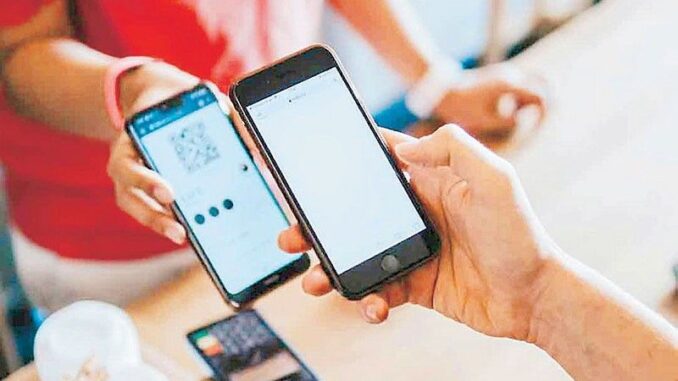
MANILA, Philippines — The Philippines is making significant strides in the digital payment landscape across Southeast Asia as the use of buy now pay later (BNPL) and point-of-sale (POS) among Filipinos showed significant growth, as of July this year, according to financial technology firm UnaCash.
Based on the latest report from UnaCash, BNPL adoption in the Philippines has grown over the past few years as the share of users rose to 24.7 percent as of July, expanding by 9.6 times since 2018.
This placed the Philippines among the top three countries in Southeast Asia in terms of BNPL adoption. The stable share of users also reflected a strong consumer shift toward flexible payment solutions.
UnaCash also recorded a monthly increase of 3.3 percent for BNPL users aged fifteen and above, from September 2018 until July 2024.
Erwin Ocampo, head of product for UnaCash, said there is growing appetite for BNPL services in the Philippines, driven by increased e-commerce and a rising preference for convenient financial options.
“Be it through the online space, or through in-store channels, its developments present significant opportunities for businesses and investors looking to potentially engage with the expansion of the digital economy in the country,” he said.
Singapore led the region with BNPL users at 75.4 percent as its user base rose by 7.1 times as of July, with a modest average monthly growth rate of 2.8 percent since 2018. Vietnam also saw a penetration rate of 24.9 percent, with a 2.8 percent monthly increase.
Other Southeast Asian markets such as Malaysia (10.2 percent), Thailand (six percent), Brunei (4.2 percent) and Cambodia (3.6 percent) had lower share of BNPL users.
Meanwhile, the Philippines recorded a 33.1 percent share of POS users among adults aged 15 and older as of July. This marks a significant increase from just 3.2 percent in September 2018.
“POS adoption reflects the country’s increasing digitalization and the widespread use of mobile payment solutions. The development of self-service kiosks and enhanced e-commerce platforms have further contributed to this significant rise,” Ocampo said.
A POS is a location or system where a retail transaction occurs. It typically involves the place where a customer makes a payment for goods or services, such as a cash register or a digital system that processes card and mobile payments.
While the Philippines has made impressive gains, Indonesia continues to lead the region with a 67.5 percent share of POS users, driven by the widespread adoption of cloud technologies, thriving e-commerce and successful integration of digital payments.
In contrast, neighboring Southeast Asian countries are still in the earlier stages of POS market development. Vietnam reports a modest 4.5 percent share of POS users, while Malaysia and Singapore lag further behind with 2.8 percent and 1.6 percent, respectively.


Be the first to comment